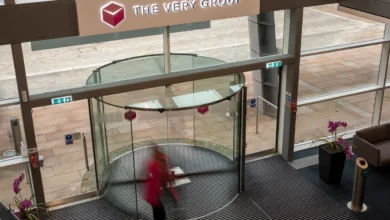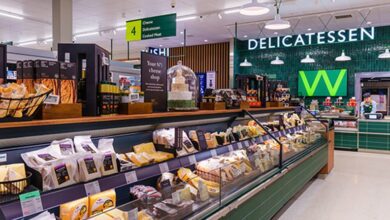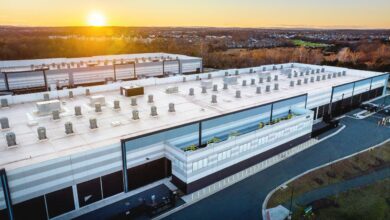Enhancing the in-store experience with technology
Retailers these days have an endless number of ways to improve their offering with the technology available to them

Register to get 1 free article
Reveal the article below by registering for our email newsletter.
Want unlimited access? View Plans
Already have an account? Sign in
In today’s fast-paced retail landscape, staying ahead of the curve requires a strategic blend of innovation and customer-centricity. Embracing technology is no longer an option, but a necessity for retailers aiming to thrive in this competitive environment. This feature aims to guide retailers on how to leverage technology to enhance the in-store experience, creating an environment that fosters customer engagement, loyalty, and ultimately, increased sales.
Personalised customer experiences
Implementing technology that enables personalised experiences is paramount. Utilise customer data to understand preferences, shopping history, and demographics. Leverage this information to offer tailored product recommendations, exclusive promotions, and customised services. Utilise AI-driven tools to provide real-time, relevant suggestions, creating a sense of individualised attention that customers appreciate.
Seamless checkout processes
Long queues and complex checkout procedures can lead to customer frustration. Embrace mobile point-of-sale systems and self-checkout kiosks to streamline the purchasing journey. Implementing contactless payment options and RFID technology can further expedite the process, minimising friction and ensuring a swift, hassle-free experience.
Augmented Reality (AR) and Virtual Reality (VR)
AR and VR technologies offer immersive experiences that can revolutionise the way customers interact with products. Implement AR for virtual try-ons, allowing customers to visualise how products look and fit before making a purchase. VR can be employed to create virtual showrooms, offering a unique browsing experience that transcends physical space constraints.
Interactive displays and smart mirrors
Interactive displays and smart mirrors are powerful tools for engaging customers and providing them with additional product information. These displays can offer detailed specifications, complementary product suggestions, and even allow customers to request assistance from store associates. Smart mirrors equipped with AR technology can enable virtual styling sessions, enhancing the customer’s confidence in their choices.
IoT-enabled inventory management
Leverage the Internet of Things (IoT) to gain real-time visibility into your inventory. Implement RFID tags and sensors to track product availability, reducing instances of out-of-stock items and ensuring accurate restocking. This technology also facilitates inventory analytics, enabling data-driven decisions on purchasing and merchandising strategies.
Location-based services
Geo-fencing and beacon technology can provide customers with relevant information based on their physical location within the store. Send personalised offers, promotions, and recommendations to their smartphones, creating a tailored shopping experience that feels intuitive and thoughtful.
AI-powered customer service
Integrate chatbots and virtual assistants to enhance customer service. These AI-powered tools can handle routine inquiries, freeing up staff to focus on more complex, high-touch interactions. Additionally, they can provide immediate responses, improving customer satisfaction and reducing wait times.
Feedback loops and analytics
Implement systems to gather feedback from customers about their in-store experiences. Analyse this data to gain insights into customer preferences, pain points, and areas for improvement. Use analytics to track customer behaviour, such as dwell times, popular product areas, and conversion rates, to optimise store layouts and product placements.







